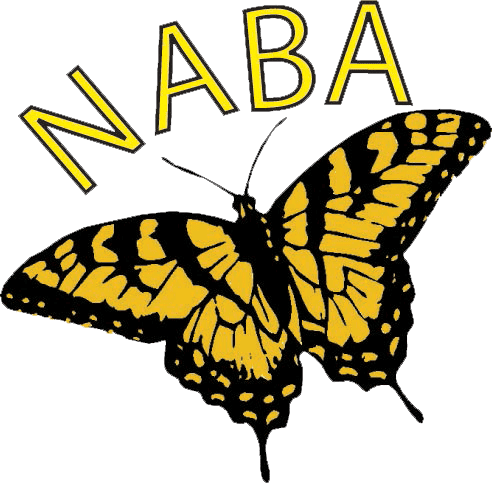
Sugarberry
(Celtis laevigata)
Other common names for this plant include Hackberry, Southern Hackberry, Sugar Hackberry, Texas Sugarberry, Lowland Hackberry, Palo Blanco
A relative of the Elm tree, Sugarberry trees are adaptable to a wide range of light and moisture levels. Often planted for its purple-red fruit that attracts a wide variety of birds, Sugarberry can be used as a native alternative for Chinese and Siberian Elms.
Unlike its more northern sibling Common Hackberry, Celtis occidentalis, Sugarberry has smooth bark. Depending on where you are located, Sugarberry may be common, bordering on invasive, to fairly uncommon:
- In Texas, Sugarberry is found in most vegetative areas in the eastern two thirds of the state.
- In South Florida, Sugarberry is occasionally found in swamps and humid forests. In the wild it is found in some hammocks but not all.
In general, Sugarberry requires well drained soil, it cannot withstand constantly wet soils but will tolerate extended dry periods. In many locations it is considered a ‘trash tree’, one that is undesirable since it can grow vigorously when located in a garden with ideal conditions. One NABA Butterfly Gardener, Lenora Larson, has allowed us to reprint her article on Common Hackberry, Celtis occidentalis. Her suggestions for managing Common Hackberry in a garden setting apply equally well to Sugarberry.
Read more about the use of Common Hackberry trees for butterfly gardening in a reprint of an article from Butterfly Gardener magazine: Caterpillar Food Plant: Hackberry
Importance as a butterfly nectar source:
Sugarberry is used as a nectar source but it’s popularity varies by location.
Importance as a caterpillar food source:
Importance as a caterpillar food source: Sugarberry trees provide many butterfly species with caterpillar food. Although the activity is usually high above easy viewing levels, some guidelines for caterpillar identification are:
- Tawny Emperor caterpillars eggs are laid in large groups of 200 to 500 on Sugarberry bark or leaves. The young caterpillars feed in large groups.
- Hackberry Emperor caterpillar eggs are laid in small groups ranging from one to twenty.
- American Snout caterpillar eggs are laid in small groups.
- Caterpillars of the Question Mark butterfly live alone on Sugarberry leaves.
- Mourning Cloak caterpillars live together in a web while eating Sugarberry leaves.
Cultural Requirements
| USDA Hardiness Zone | 5 to 9 |
| Bloom Period | Spring |
| Bloom Color | Not applicable |
| Plant Height | over 40 feet |
| Plant Spread | 10 to 20 feet |
| Light Exposure | Sun to part shade |
| Soil Moisture | Average but well drained |
| Animal/Disease Problems | None |
Native Range

Plant Rating
Plant rating scale ranges from 0 to 3. Plants rating 3 are the most useful for butterfly gardens. For more details on the ratings, see Native Plant Ratings
| Garden Rating | 3 |
| Nectar Rating | 0 |
| Caterpillar Rating | 3 |
